If you’re a writer, you’ve likely heard advice that one of the best ways to improve your craft is to read. It’s true! But the way you read matters. How can you read and discuss books with a writer’s eye, so you get more out of the experience?
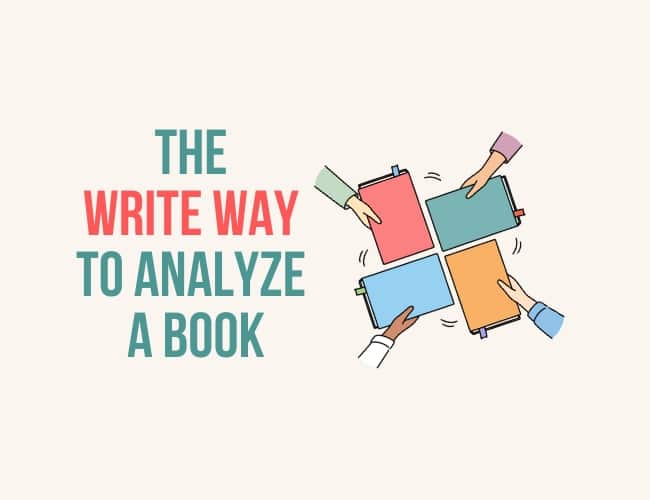
About once a quarter, we host a book study class here at The Write Practice. It’s a great way to help our members read books with a writer’s eye (along with having a good time together!). We’d like to give you a sneak peek into why we read this way and what to read for in case you want to give it a try yourself!
By the way, if you’d like to jump into our next book study, take a look at our events here and watch for the next book!
If you’ve ever been a part of a book club, you’ve likely done some version of group reading. It’s a fun way to connect with friends, discuss ideas, and lament what didn’t deliver when you read a book.
As writers, we benefit when we take our book discussions deeper. In literature classes we call this close reading, and it just means looking more closely at what makes a book work (or not!). It’s analysis.
5 Ways You Benefit as a Writer When You Analyze Books
So why learn how to do a close reading if you’re a writer? Don’t you just wait for inspiration and hope the muse carries the story? Won’t you just get better if you write a lot?
Yes and no.
Inspiration will only take you so far. And trust me when I tell you that there’s almost nothing more frustrating than having an idea in your head that you can’t figure out how to make work on the page.
You will improve the more you write, but you’ll improve faster with deliberate practice and feedback (see our entire mission here at The Write Practice!).
But learning to read closely, to analyze a book (especially with someone who’s been doing this longer) has a number of surprising benefits.
One of our members, Tony Levelle, shared a great analogy when explaining the value of studying a book together in our workshop. Here’s what he said:
I used to go to yoga classes with one of the top teachers in the country. All of us in class were already yoga teachers, but it was clear that this teacher was so far above us that we were essentially beginners.
In the middle of each class he would stop, point to someone—usually one of his friends or senior students—and say “You.” Then he’d say to everyone else “Come watch.” He would then take his friend through the main pose he was teaching that day. He’d stop the student in the middle of the pose saying, “Hold it there please” and say something like “See how her left arm is bent, and how that makes the right support all her weight? She is unbalanced. And that will carry through all her poses. Now. Go back and do it, yourself.”
Then we’d go back and repeat the pose ourselves. And we’d usually notice immediately that we too were unbalanced in that pose. And most of us had been doing that pose for years!
The point is that this is kind of what Joe Bunting is doing in Book Study. He’s saying “Come watch.” Then he will point out how a bestselling author does something… maybe plot, or exposition, or voice… After class we go back to our work and see exactly where we need to fix or improve something, and in the book we just looked at, we have a demonstration of how it’s done.
So… “Come watch.”
Thanks, Tony!
5 Benefits of Analyzing Books
Here are five ways you’ll benefit from learning how to do a close reading:
- You’ll develop the ability to go beyond just reading a story on the surface level to actually digest it. Sometimes we read like we’re doing a wine tasting: take a taste and spit it out. Close reading requires time and attention to let ideas settle in and to see how they are working together.
- You learn to examine another writer’s skills and style to first describe and eventually emulate or iterate those techniques in your own writing. Cormac McCarthy famously said, “Books are made out of books.” He means that what we read can become part of our inspiration, whether we’re trying to use similar techniques or choosing to depart from them entirely.
- You learn to notice what makes the story work instead of just what stuck out to you specifically. Story analysts and professionals have written entire books outlining the patterns that have made stories work throughout time (like The Write Structure!).
- You’ll learn more efficiently. Close reading a book lets you see a number of techniques and examples in action. You don’t have to go read one book on dialogue, one book on conflict, one book on characterization. It’s all there in the text.
- It helps you appreciate the skills of other writers. When you’re able to analyze how a writer achieves a certain effect, you foster a deeper appreciation for their skill and work.
This last reason is probably most important because it will help you focus on things to learn and enjoy rather than drain all the fun out of reading.
How to Choose a Book to Analyze
You might immediately think, “the Classics!” Sure. Literature exists on a spectrum of humanity, and each era builds on the one that came before it (even when it’s tearing the last one to bits).
But I’d suggest you start in a different place.
- Choose a book in your genre, especially if it was successful with readers.
“Success” will depend on what the novel was trying to accomplish. If it was literary fiction, it may not have sold as many copies as the latest thriller, but that wasn’t its goal. Look for one that won awards or critical acclaim. If you’re writing a cozy mystery, look at classic cozies like Agatha Christie, but also take a look at such mainstays as M.C. Beaton or The Thursday Murder Club by Richard Osman.
2. Choose a book or author well-known for the skill you’re wanting to improve.
If you want to improve your characterization skills, read an author who creates characters who leap off the page, such as James McBride’s Deacon King Kong or Louise Penny’s Inspector Gamache series. If you want to learn to write stronger twists, choose a book or author who wrote an incredible twist and read with a pencil in hand to see how they did it.
3. Choose a book you love.
Some will say not to choose a book you love for analysis, but they assume that analyzing it will kill the magic for you. For me, every time I reread a book I love to analyze some part of it, I usually come away with even more respect for the book and author.
9 Questions to Ask as You Analyze a Book
Once you choose a book, it’s time to begin reading it with a more focused eye. If you’re new to close reading, here are the exact questions Joe uses to analyze a book.
1. What is the form?
Form is the broadest way to categorize a work. Is it poetry, a novel, a film, a documentary, a sitcom, a screenplay?
Obviously, if we’re reading a book, it comes down to four primary literary forms: fiction, nonfiction, drama, or poetry.
Within those broad forms (some even categorize those four as genre, which we’ll look at next), there is a host of other sub-categories. But let’s stay focused on form for a minute. For example, if you’re reading fiction, is it a novel (book-length fiction)? A novella? A short story?
Each of these forms has a long and storied history. You don’t have to know the origin of each, but you don’t want to mistake fiction for nonfiction or a script. The techniques and expectations are different.
2. What is the genre and what are its conventions?
We won’t go into a deep analysis of genre here, but in its simplest form, you’re thinking about where the book sits in the bookstore. Which section is it in and why? If you’re unsure, look up the book in an online bookstore and see which categories it’s listed in.
You want to know the genre because the genre establishes expectations for the reader. A mystery reader will want a puzzle or crime to solve. A fantasy reader will expect supernatural or otherworldly elements.
You want to know the conventions or tropes that readers expect, so you can see what the writer does with them.
You can learn more about genre in our article here and see four primary genres and over one hundred sub-genres here.
3. Who are the characters?
Obviously here you’ll focus on the main protagonist and antagonist, but don’t overlook the cast as well.
If you aren’t sure who the main character is, look at who is introduced with a problem in the opening chapter and who makes the decisions, especially at the climax. The main character will be the person who has the most at stake.
When you're studying character, consider how the author reveals character. What actions best show us the character's nature? If a character in an opening scene is in a costume that obscures their identity, that probably tells us something about them. If a character shrinks away from conflict or allows themselves to be bullied in the opening scene, we wonder how they'll change by the end of the story.
Story is about transformation. When you read, watch how the character makes choices in response to conflict that leads to that change.
4. What is the point of view?
The point of view is about who is telling the story—the perspective or lens through which the reader experiences the story.
A first-person point of view will use the pronoun “I” and the reader will feel close to the narrator’s world (even if that’s uncomfortable!)
With a third-person limited narrator, it will feel like someone is sitting on the shoulder of one character telling the story.
Point of view is important because it limits what we know as readers. Masters of POV use it to move us through the story in interesting ways. The POV shift in Gone Girl is a great example of an author using POV to completely change how we see the same set of events.
Want more help with point of view? Check out our Ultimate Guide to POV here.
5. What is the basic plot type?
Plot types are the patterns that determine what’s at stake for the main character in a book.
If the stakes are life and death, then the plot type is probably an action or adventure plot type. Or if the stakes are love versus hate, it’s probably a love story plot type. If the main character is moving from immaturity to maturity in some area of their life over the course of the story, it’s likely a coming of age plot type.
Note: sometimes these overlap with genre conventions, but not always.
You can read up on all nine story types here. Also, if you have a free Starter membership, you can download all the plot type cheat sheets (absolutely free!).
6. What is the story arc?
The story arc is about the shape the story takes. Think about where the story begins and ends. This might be as simple as recognizing that you’re reading a Cinderella story where someone begins downtrodden and abused and rises to prominence only to be dashed back down and to make a final rise by the end.
In a rags to riches arc, a character begins low and makes a rise. Most stories take one of the six arcs.
Read more about the six story arcs in this article.
7. What are the elements of the plot?
The elements of plot (as outlined in The Write Structure), are exposition, inciting incident, progressive complications or rising action, crisis or dilemma, climax, and denouement.
Mapping these out, even if the story is told in a nonlinear fashion, can help you see the main character’s pursuit of their goal.
When I look at these key moments of a narrative, I’m always thinking about the action a character is taking, along with the internal conflict those actions produce.
Full article on the 6 Elements of Plot here.
8. What is the style?
Style is one of those things that can be hard to describe, even if you know it the second you see it. An author's style might be about a certain tone or distinctive language they use (see Cormac McCarthy). It can be about how they play with grammar conventions, such as Amor Towles’ book The Lincoln Highway (although there’s more to study there than the dialogue!).
Style is about voice and the way a writer infuses all the other plot elements to reflect their vision.
9. What is the theme?
Theme is the big idea or message in the book. I’ll steal my own definition from another article I wrote on this: “A literary theme is a universal concept, idea or message explored in a story or poem. It's often a moral, lesson, or belief that the writer wants to convey to readers.”
If a story is about love, ask yourself what the story seems to say about love. If it’s about family dysfunction, what does the story seem to say about the difficulties of relating to one another, especially in families?
Once you have an idea of the theme, watch for ways it shows up in various plot lines throughout the book.
For more on theme, check out our article on the most common themes in literature here.
You don’t have to do a deep dive into all nine questions every time you read, but if you choose one or two and pay attention for those elements, I bet you will find that you come away with a deeper understanding of the book (and writing as a whole!).
Come Discuss with Us!
Of course, you can analyze a book on your own. It’s just richer and sometimes more fun with others. Discussion with another writer or group can help you gain new perspectives into the ways that a piece of writing can be interpreted. Other people are going to notice things you wouldn’t, and you have things to share we would miss without you!
Check out our classes and find the next book study here.
Want more tips on how to analyze a story? Check out our post on how to identify the main idea of a story here.
What book would YOU love to analyze? Or what have you learned from analyzing a book you’ve read? Share the title and briefly what you learned in the comments.
PRACTICE
Set a timer for fifteen minutes. Choose a book you'd like to analyze and open to the first chapter. Read for five minutes. Then choose one of the elements above and describe what the author did in those first five pages. What worked? And what fell flat?
What could you do similarly in your own work in progress? After ten minutes, share your findings in the Pro Practice Workshop and leave feedback for others too. I hope we'll see you in class!
Not a member yet? Join us here.
Happy writing!
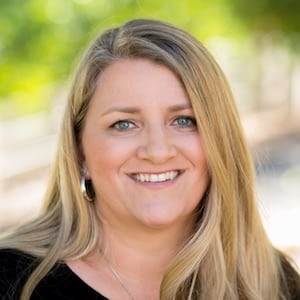
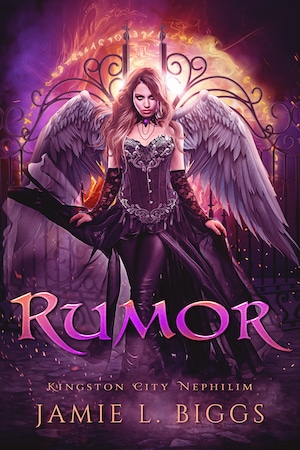
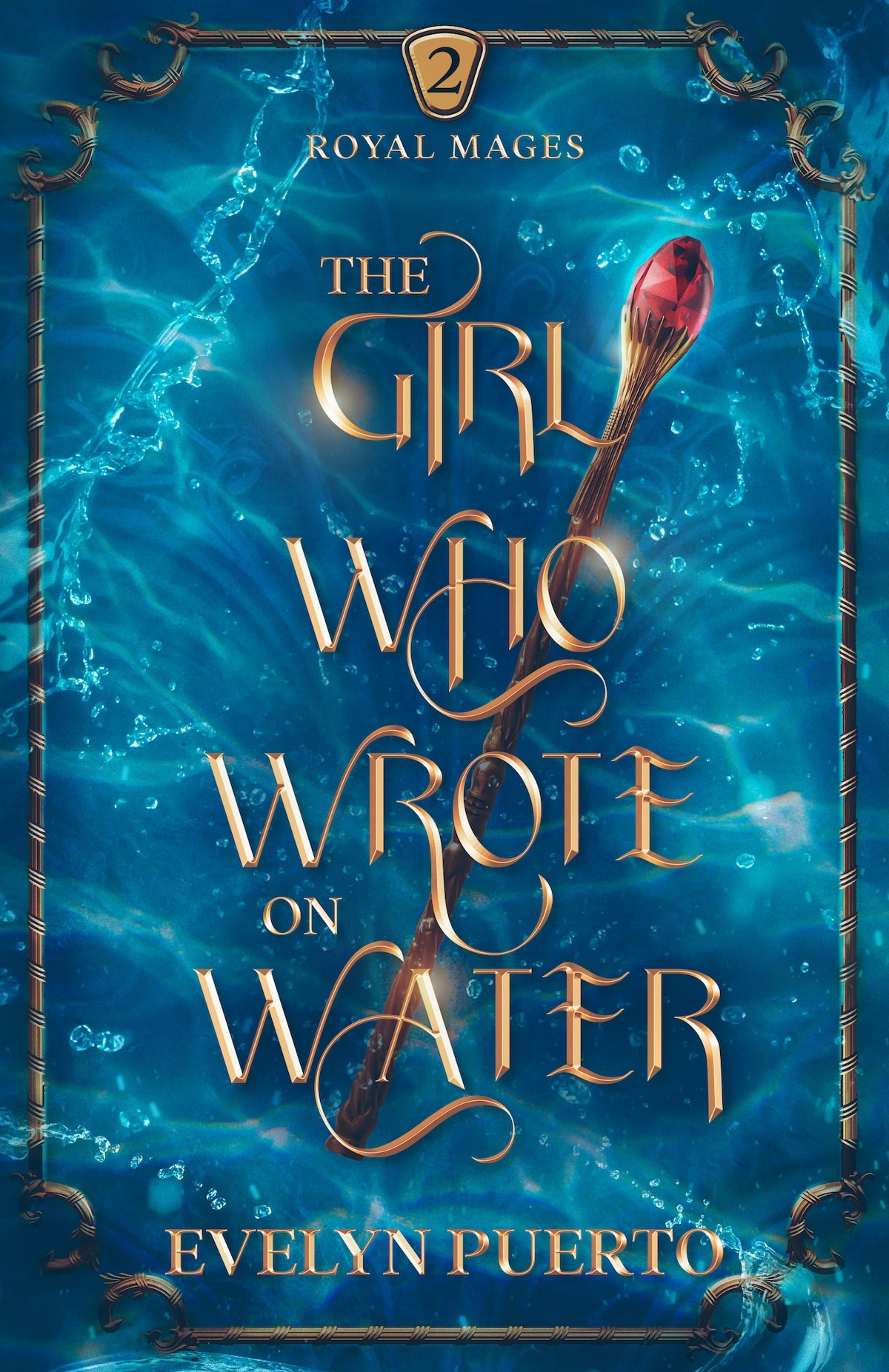
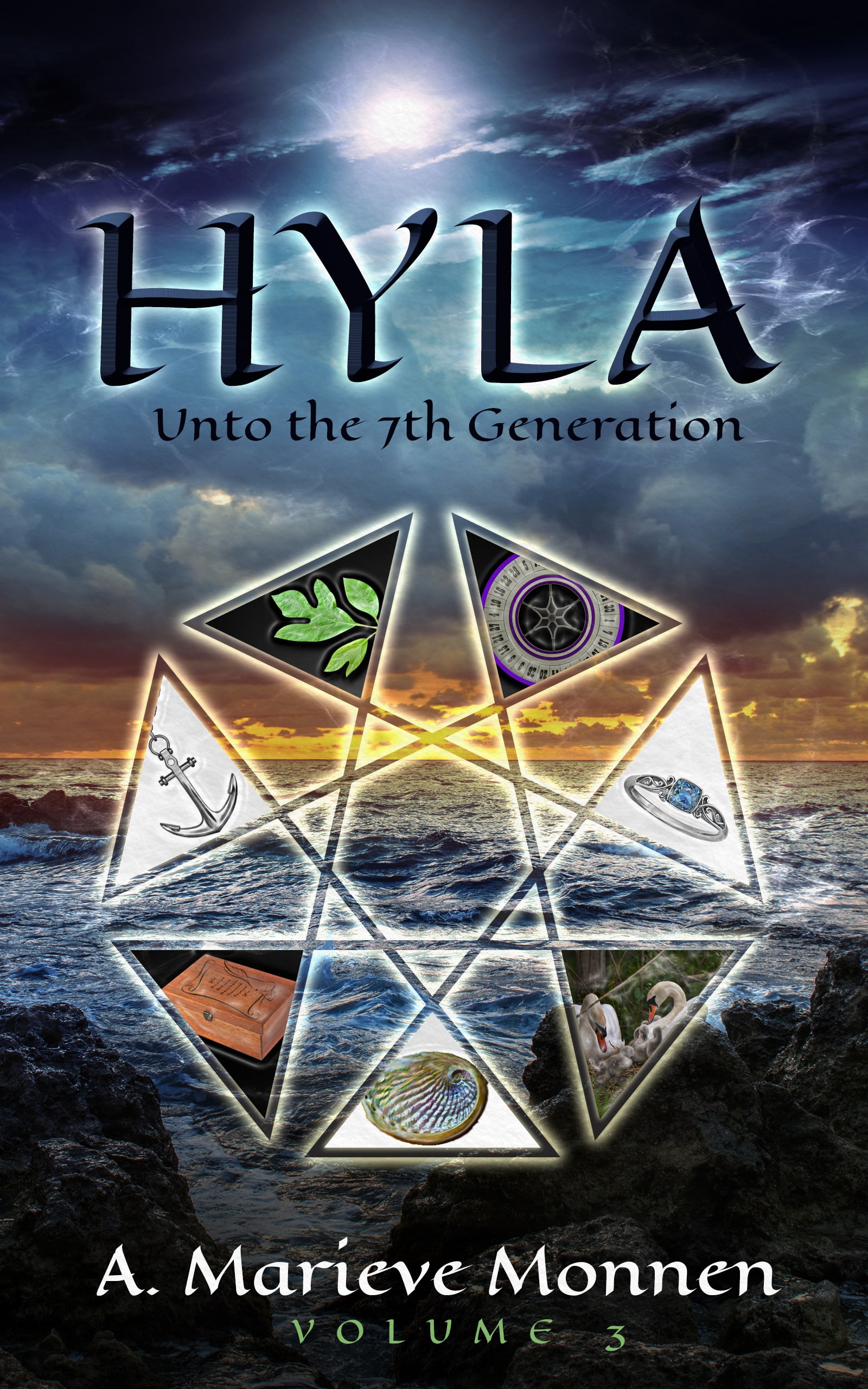
0 Comments